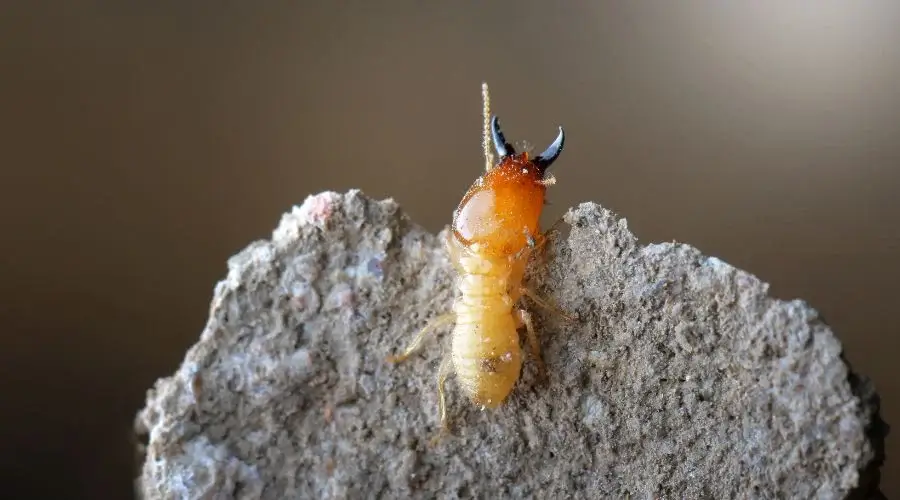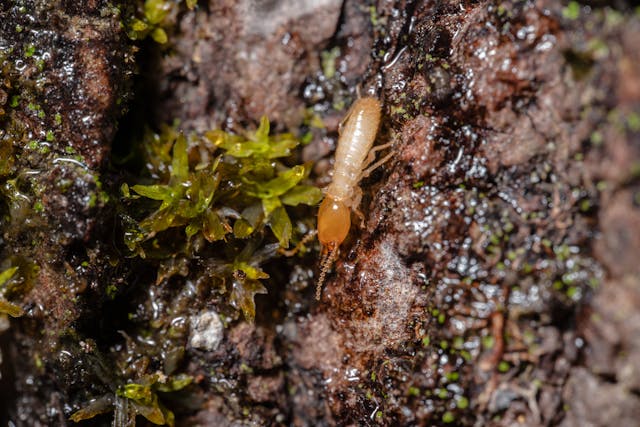Effective pest control is paramount for safeguarding public health and environmental integrity, particularly in Escondido, where the diverse ecosystem harbors numerous pest species. These pests pose threats to human well-being, infrastructure, and ecological balance. Adherence to regulatory frameworks governing pest management is essential for mitigating these risks and ensuring safety.
In Escondido, pest control activities are meticulously overseen by the Department of Pesticide Regulation (DPR), which enforces regulations outlined in the Escondido Food and Agriculture Code (FAC) and Escondido Code of Regulations (CCR). These regulations act as guardians, guiding the responsible use of pesticides to protect people and the environment.
Any entity engaged in pest control operations within Escondido must obtain approval from the DPR, underscoring the significance of licensing in this sector. This requirement spans various pest control domains, encompassing structural and agricultural contexts. Licensing serves as a beacon, illuminating the path for companies to adhere to state-mandated protocols, thereby ensuring public safety and environmental preservation.
This guide is a comprehensive exploration of Escondido’s intricate web of pest control regulations. It delves into the obligations incumbent upon pest control practitioners to comply with the law, from proper pesticide application to securing requisite licenses and prioritizing environmental considerations. The goal is to encourage a greater knowledge of these regulations among businesses and individuals, empowering them to navigate compliance confidently.
Are pests disrupting your peace of mind? Trust Escondido Pest Control for comprehensive treatment solutions. Serving Escondido and its neighboring areas, our professional team offers thorough pest control services, backed by years of experience and informed by extensive research in the field.
Promoting the safe and legal use of pesticides hinges on several key practices:
- Education: Offering thorough training on pesticide application techniques, safety protocols, and environmental stewardship.
- Compliance: Ensuring that all pesticide applicators possess proper licensure and adhere strictly to state regulations.
- Integrated Pest Management (IPM): Advocating for adopting IPM strategies, which emphasize non-chemical pest control methods and minimize pesticide reliance.
- Label Adherence: Stressing the importance of meticulously following pesticide labels to ensure proper application and mitigate risks to humans, animals, and the environment.
Pesticides encompass a broad spectrum of substances designed to prevent, eliminate, or mitigate pest infestations, including insecticides, herbicides, fungicides, and rodenticides.
The label affixed to a pesticide container is a critical guide for safe and effective usage. It provides instructions on application methods, dosage, environmental precautions, and legal requirements. Strict adherence to label instructions is imperative for ensuring safety and regulatory compliance.
Escondido imposes rigorous regulations on pesticide usage to uphold public health and environmental well-being. These regulations encompass licensing requirements, precise application protocols, reporting obligations, and measures to safeguard ecosystems from pesticide-related hazards.
navigating Escondido’s pest control laws and regulations is indispensable for effective pest management and environmental stewardship. By upholding licensing standards, advocating for safe pesticide practices, and embracing integrated pest management approaches, businesses and individuals can contribute to a healthier and more sustainable future, fulfilling legal and moral obligations to protect communities and ecosystems.





